Founded in 1923 Barfoot & Thompson Ltd. is a family owned business, still owned and managed by the founding families. They are a full-service real estate agency, member of Leading Real Estate Companies of the World, and offer residential, rural, lifestyle and commercial sales; property management; corporate body services; and special projects management and sales.
WILLIAMS MEDIA sat down with Peter Thompson Managing Director at Barfoot & Thompson Ltd. to learn more about the business' journey and how they came to regularly sell more than 40% of all the residential properties sold in Auckland and also be the region’s largest independent property manager. Peter Thompson is the grandson of one of the three founding principals of the company.
How long have you personally been in the real estate business?
I have been in real estate for 38 years starting in property management in one of our suburban offices. Over the years I have worked in all aspects of our business, becoming a Director in 1997 and Managing Director in 2005.
What is the size of your firm (number of offices/sales associates)?
We have 75 branches in Auckland / Northland with over 1650 sales associates. We also have 270 in Property Management and a support team of over 420, including management.
We are not a franchised business. All branches and services are fully owned by the company.
The NZ Realtors Network operates from 175 offices nationally.
Describe the current state of the real estate market in your country and/or region.
The Auckland residential property market is now 18 months into a new market cycle after a decade of high sales volumes and price growth. The remaining provincial markets are yet to see the end of their high growth cycles, although the rate of growth in these markets is rapidly slowing.
Those markets still enjoying strong sales and price increases entered their growth cycles later than Auckland.
Auckland has now returned to what would be regarded as a traditional market of sound sales volumes and stable prices.
The ban on foreign homebuyers – wise or unwise? Can you give us details on the Overseas Investment Amendment Act and how it impacts the industry?
The principal behind the country’s law is to ensure that residents do not have to compete with non-residents when it comes to buying homes and small rural lifestyle properties. However, the rules do not apply to Australian and Singapore citizens who buy a property as a personal residence.
Statistical information confirms that no more than 3% of residential properties were ever purchased by non-residents. However, the decision to impose a non-resident ban was a political one and has wide public support.
Non-residents, whether they are buying for personal use or investment reasons, are restricted to buying in large developments containing 20 or more apartments.
There are many opportunities for investors and non-residents to buy commercial, rural and lifestyle properties, development land and businesses in New Zealand on the basis that the investment is positive to the economic development of the country. Applications for exemptions on this basis need to be made to the Overseas Investment Office.
Can you identify one or two of the most important market trends?
Auckland is rapidly developing into a significant multi-cultural world city. As it grows the city is facing infrastructure challenges that are transforming people’s concept of how they live. A decade ago the ideal ‘home’ was a standalone house surrounded by a large garden located in a leafy inner suburb. Now apartments have become desirable options because of convenient locations, living close to public transport corridors and modern lifestyle living.
As the price of land rises with the land now usually having a higher value than the building on it, building density is increasing. In general, by international standards the country’s five major cities could be considered ‘spread out’, but the process of higher density land use and ‘going up’ is now well established.
What factors do you think contribute to your company’s success?
The four cornerstones of the company’s continued success are the quality of our people and the investment we make in them; our culture, which is based on family values; our commitment to being part of the communities in which we operate; and the strength we draw from the cultural diversity of our organization.
Our commitment to customer service is total, in the belief that while competitors can respond quickly to whatever we offer, be it price or services, what can always set us apart is our commitment to meeting the needs of our customers. Past success does not guarantee future success. Success is the base on which to better deliver future customer satisfaction.
Are there any specific trends you are seeing in terms of the types of housing or housing features that are especially popular?
Housing is a national preoccupation based around three key drivers. For the past decade insufficient homes were built to accommodate the growing population; there are strong inter-generational trends taking place; and the public’s overall expectation is that the housing stock needs to be modernized and to meet higher standards in terms of health and quality.
Within that we see many of the first baby boomers selling up long-held family homes and moving to retirement villages and modern apartments.
Many older homes on large sites are being demolished, renovated and extended; infill housing is transforming former sedate suburbs; and investors or DIY homeowners are upgrading older homes.
Extensive new developments are taking place on greenfield or brownfield sites, where housing density is high in comparison to the past.
Government and its agencies are committed to extensive programs to increase social housing; and new regulations are requiring private investors to upgrade their rentals.
Can you tell us about a few interesting properties that you are currently marketing?
Halsey Apartment
The Halsey St Apartment is priced at NZ$3.2 million and is situated in the heart of the city right on the water edge.
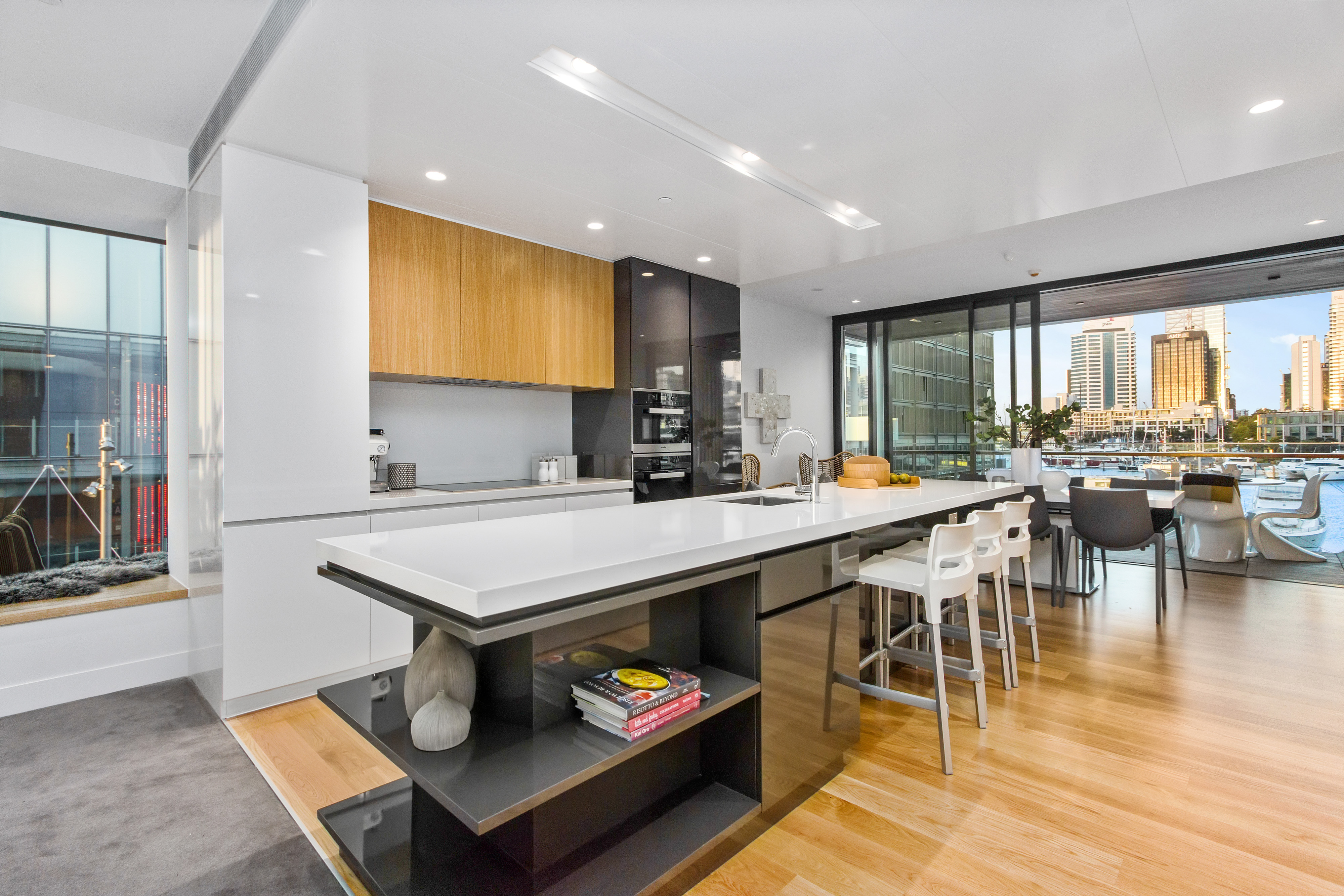
Halsey St Apartment. Supplied: Barfoot & Thompson Ltd., a member of Leading Real Estate Companies of the World
The apartment is ideally situated to enjoy all of the benefits of inner-city living, within easy walking distance to many well-renowned restaurants and cafes lining the waterfront as well as a number of walkways that
continue to the Harbour bridge in one direction and to Britomart in the other, with the theatre, the CBD at your doorstep.
Remeura Villa (Priced around NZ$10m - $12m)
Located in Auckland most exclusive suburb on the city fringe, this home was originally a manor house in the 1930s.
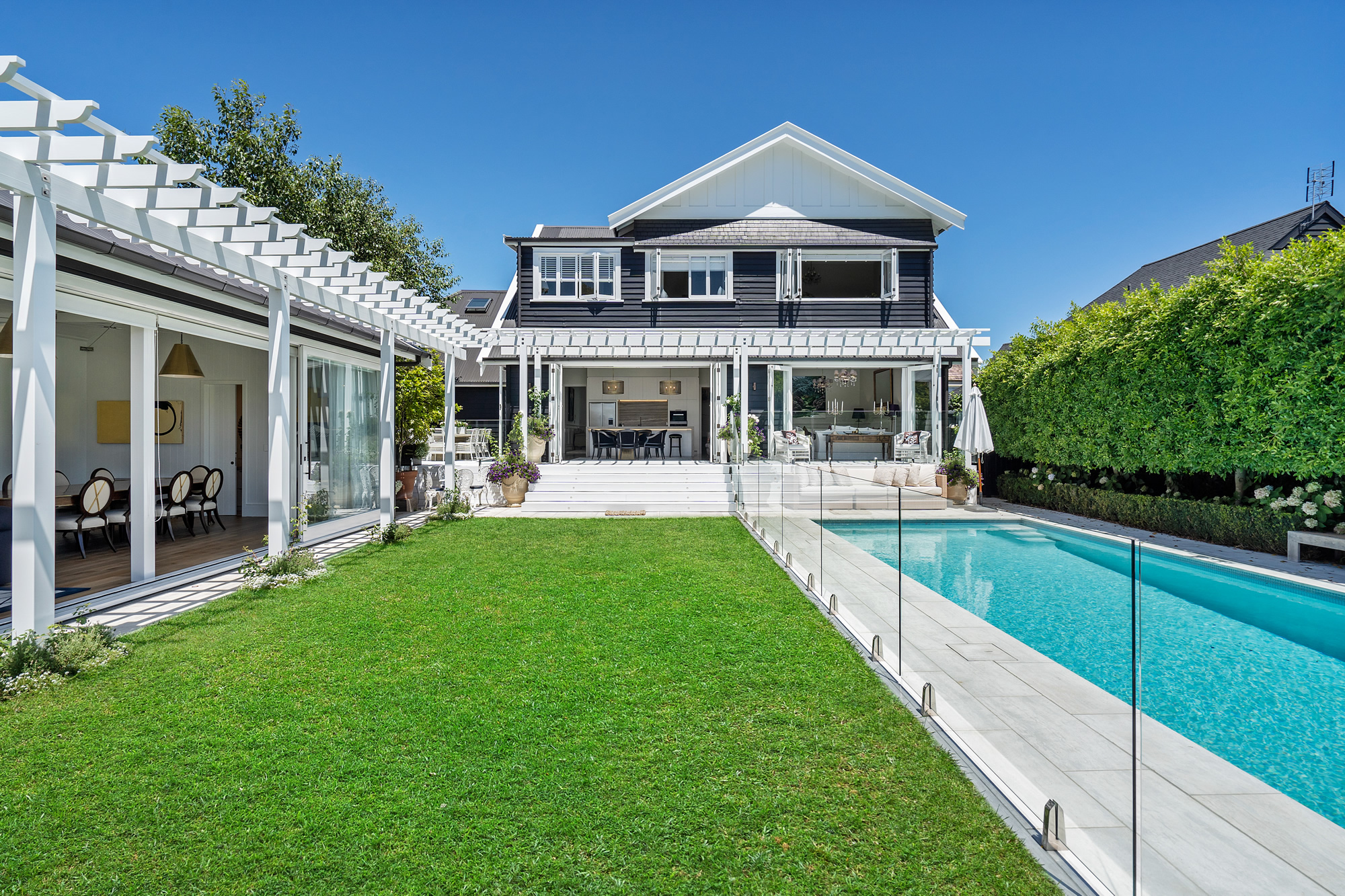 Remeura Villa. Supplied: Barfoot & Thompson Ltd., a member of Leading Real Estate Companies of the World
Remeura Villa. Supplied: Barfoot & Thompson Ltd., a member of Leading Real Estate Companies of the World
Lovingly renovated, the transformation it has undergone to see it through the next century is nothing short of astounding. It is close to Auckland best schools.
Mahurangi Estate (NZD$8.7m)
Set on 25 acres and surrounded by water, this architecturally designed (by Noel Lane) contemporary home comprises four bedrooms, each with ensuite and walk-in wardrobe.
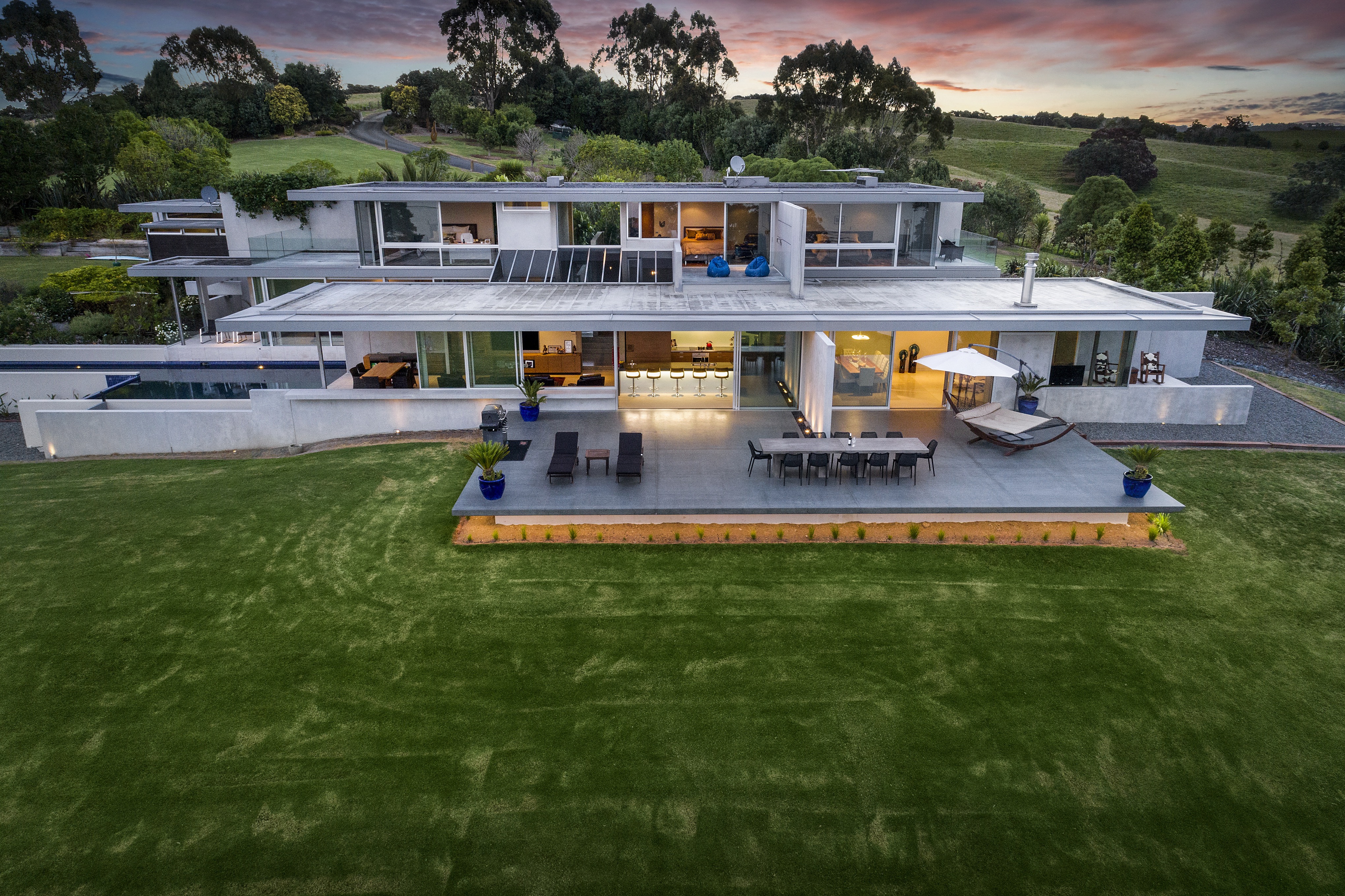 Mahurangi Estate. Supplied: Barfoot & Thompson Ltd., a member of Leading Real Estate Companies of the World
Mahurangi Estate. Supplied: Barfoot & Thompson Ltd., a member of Leading Real Estate Companies of the World
In addition, there is a completely separate self-contained apartment.
For more information about the New Zealand property market visit the Barfoot & Thompson Ltd. website.
Click here to visit the Leading Real Estate Companies of the World® website.
This is a sponsored article:
Similar to this:
Get to know Chris Dietz Executive Vice President, Global Operations Leading Real Estate Companies of the World®
LeadingRE launches new International Project Marketing Program for developers and master agents




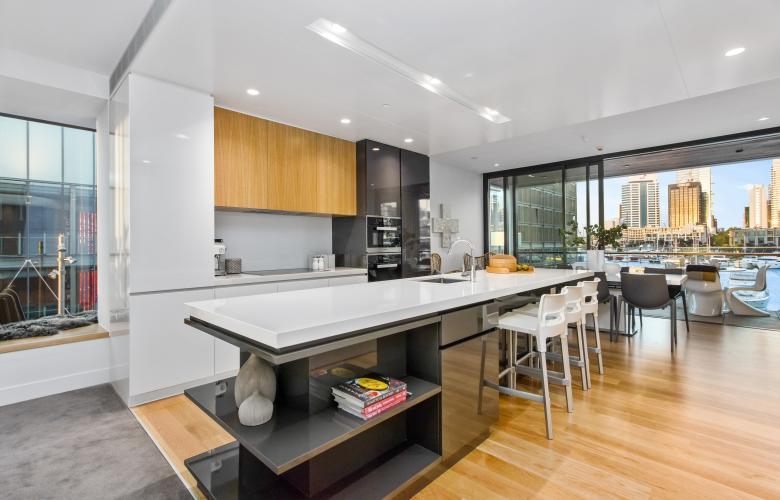
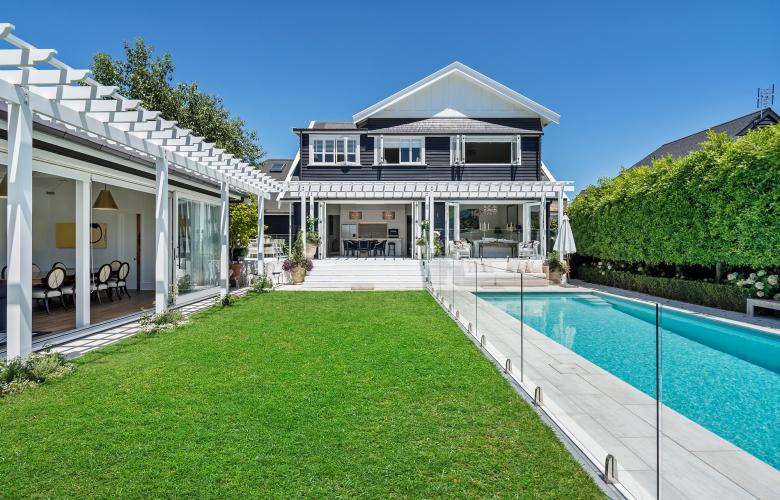
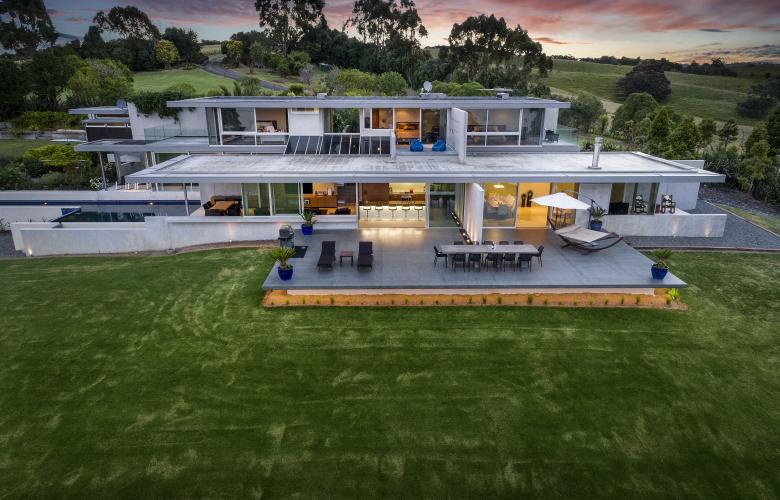

 Remeura Villa. Supplied: Barfoot & Thompson Ltd., a member of Leading Real Estate Companies of the World
Remeura Villa. Supplied: Barfoot & Thompson Ltd., a member of Leading Real Estate Companies of the World Mahurangi Estate. Supplied: Barfoot & Thompson Ltd., a member of Leading Real Estate Companies of the World
Mahurangi Estate. Supplied: Barfoot & Thompson Ltd., a member of Leading Real Estate Companies of the World




